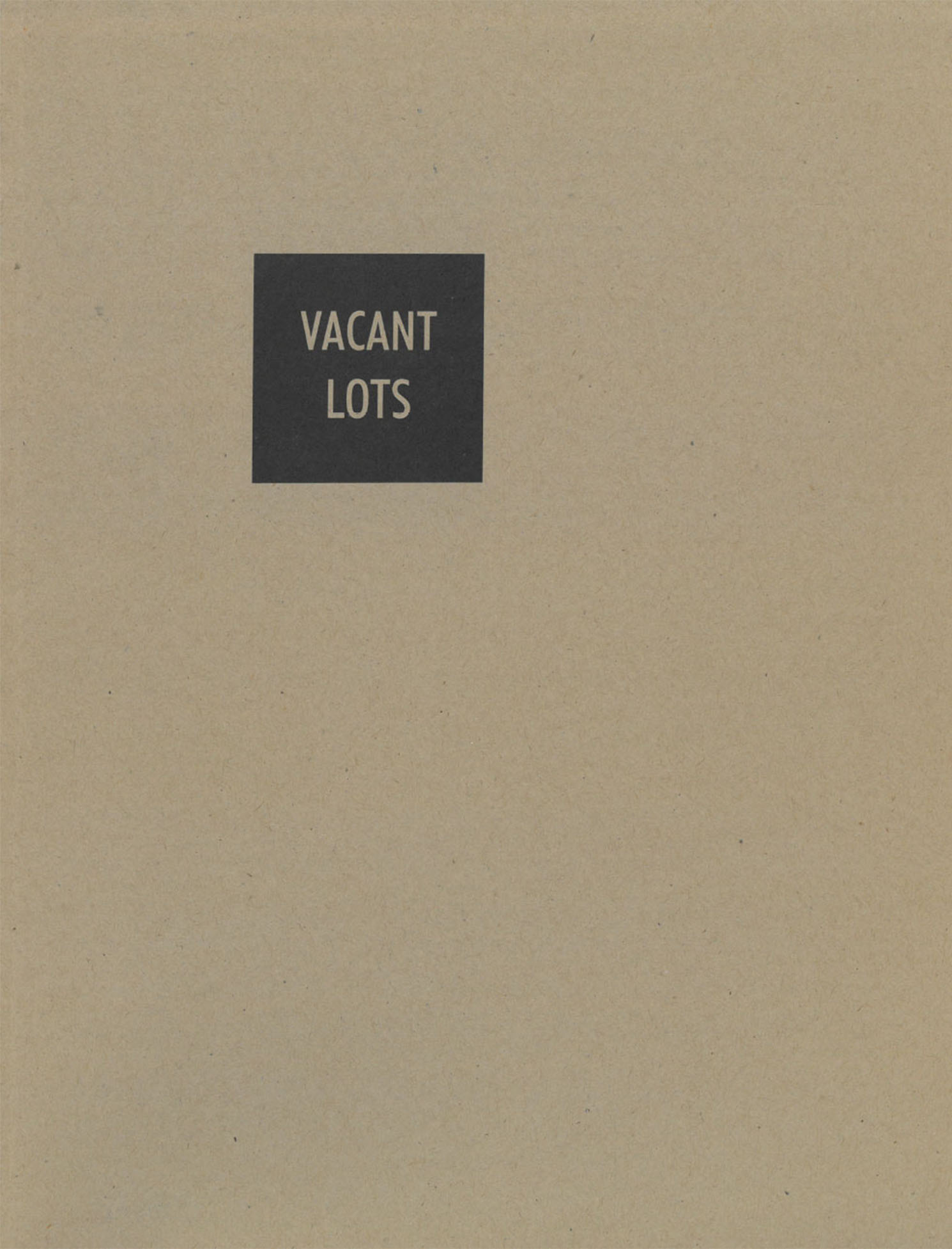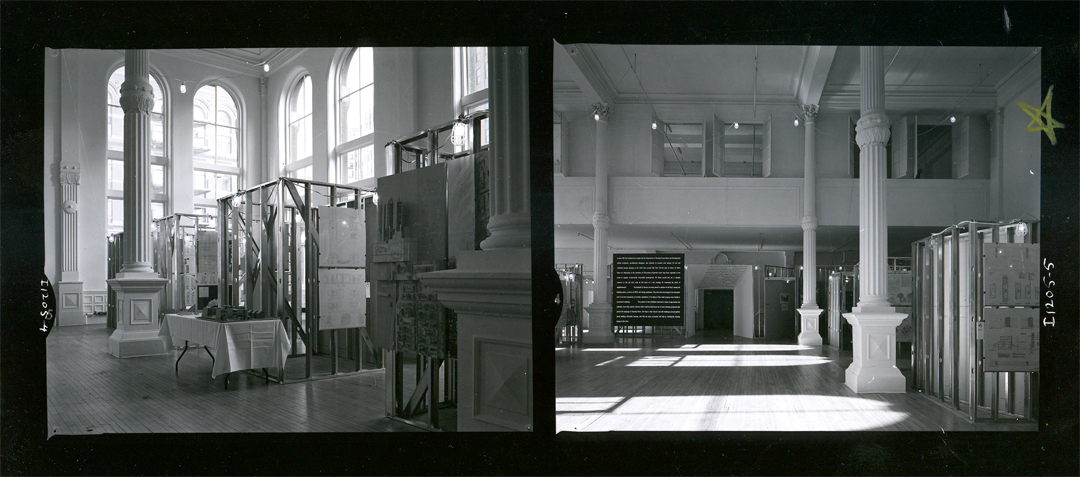
In 1987, the League collaborated with the New York City Department of Housing Preservation and Development (HPD) to launch a design study examining the potential of small-scale infill housing to contribute to the city’s affordable housing portfolio. The Vacant Lots project culminated in an exhibition and book.
The study identified ten sites owned by the City in the Bronx, Manhattan, Queens and Brooklyn that were representative of the types of small abandoned lots proliferating in the city at the time, and that were considered realistic prospects for development. The League’s charge to designers was to develop plans for these sites that could be prototypical solutions; imaginative proposals that would intelligently and instructively reevaluate the project criteria mandated by the City in its building guidelines. Architects were asked to thoroughly familiarize themselves with the City’s guidelines for affordable housing, and with the constraints on building costs, but were also encouraged to reconsider building standards, and to design for the kinds of “nontraditional” social units that had increasingly become a demographic norm. In response, participants devised apartments for singles and single-parent households, temporary residences organized around communal or shared services, live/work complexes, supportive environments for the homeless and individuals living with AIDS. Underlying all of the Vacant Lots projects was the belief that creative interventions at smaller scales could be a part of a larger solution for building the kind of affordable housing New York needed.

